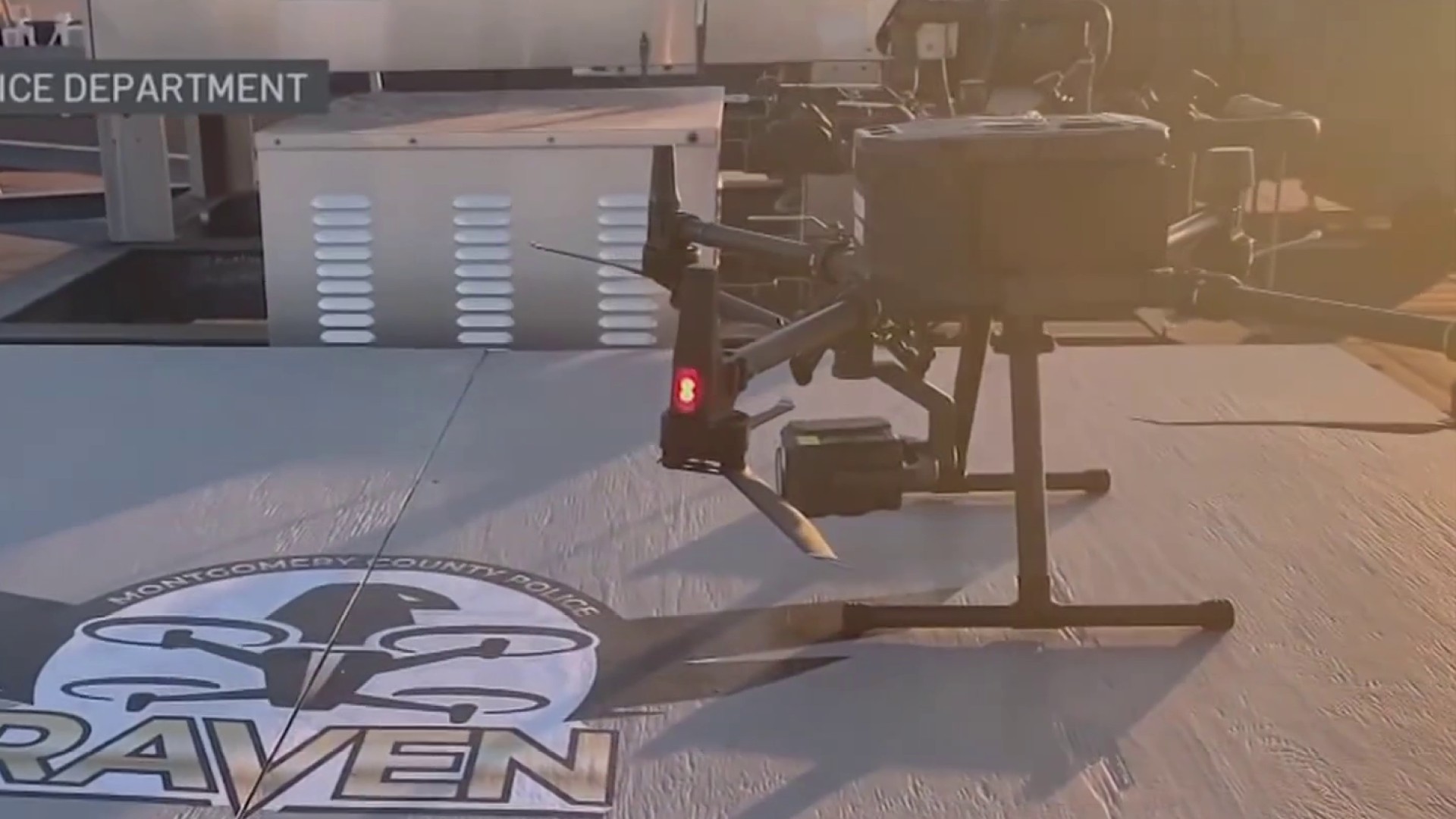Traffic in D.C. is really bad. You already knew. But in case you forgot, a new report reaffirmed it for you.
Oh, and it's getting worse!
The annual INRIX National Traffic Scorecard reports that the National Capital Region has moved up two spots for 2009 compared to 2008, from sixth to fourth place, in its ranking of the 100 most congested metro areas.
The study also computes a “Peak Period Travel Time Tax.”
For Washington, the “Travel Time Tax” is 22.4 percent, which is third worst in the nation.
That means, according to the study, that the average Washington commuter spends 22.4 percent more time traveling than if the roads were not congested.
The INRIX study also found that the most congested hour of the week is 5 p.m. Friday, which has a “Time Travel Tax” of 45 percent.
Local
Washington, D.C., Maryland and Virginia local news, events and information
Ironically, traffic in Washington increased at a time when congestion across the country has decreased due, mainly, to the bad economic times.
The study found that there has been a “congestion reset.”
“The severe recession and associated job loss has turned back the clock on congestion to levels likely last seen in 2004 or 2005,” according to the study.
“What happens in 2010 and beyond to congestion will largely be shaped by the rate and pace of economic recovery, in particular, the rate…of job growth on a regional and national scale,” the report predicted.
The report also found that the so-called “stimulus” money -- the $27 billion in federal money given to state and local agencies for “shovel ready” highway projects -- has affected congestion.
The study found that they are affecting, especially, off-peak congestion, which is up 25 percent since 2008.
The most congested region in the country -- ranked No. 1 for the last four years -- is Los Angeles-Long Beach-Santa Ana, Calif.
The study calls on policy makers not to let the opportunity provided by the “congestion reset” pass.
It concludes that, “Unless a national vision is developed which includes addressing congestion as a national priority, we need to be prepared for congestion to return along with recovery.”



